Best Ceiling Paint For Textured Ceilings
Applying best ceiling paint for textured ceilings will improve your largest unobstructed surface in home. Not only will it brighten the biggest surface in your home, but will properly seal drywall texture. Depending upon type of ceiling texture, will determine which ceiling paint finish you should use.
We will be going over most typical surface textures, and all ceiling paints to use on them.
Determining if you really need to paint new textured ceilings, to which best paint finishes are available. Because let's face it, painting ceilings is no simple task. Getting it right in the beginning will make this process as seamless as possible.
Should you use flat or satin on textured ceilings? This a very common question we will address. Most ceiling surfaces have a flat, non-reflective finish, for a more uniform paint sheen. Several times, only painting a small section can get by, but more times than not, painting entire room's ceiling is in the forecast.
Knowing which direction you should paint ceilings, will have best results. If you have different ceiling heights, like vaulted or recessed ones, will govern which way you should start and end, with how many coats you really need to apply. Below, will give you most popular ceiling paint colors, for the tallest textured sections in your home.
Do You Need To Paint New Textured Ceilings?
Every textured ceiling, even a perfectly smooth, level 5 ceiling needs paint. Several reasons ceilings of all textures need paint. First, drywall texture is a soft topping compound. Since it's so soft, it is not cleanable & wipe-able. A damp rag over dried drywall texture will harm the texture you so painstakingly applied.
Secondly, drywall texture is not only soft, but attracts dust, and will give off dust if not properly painted. So much dust, you'll want to take a dry rag, dusting off new drywall ceiling texture, before painting it. Textured ceilings without paint, is just "In the rough".
Lastly, priming new ceiling texture allows the human eye to see any imperfections in texture, or smooth finish before painting final coat. So it's necessary to prime ceiling texture first, even level 5 finishes. I guarantee if you can see any thing after priming, you'll see it after painting, unless you correct them. Primer gives that perfect medium, to visually allow you spotting them.
Now you have the ceiling textured, and have dusted it down, time to paint it. All new ceiling texture needs a flat Polyvinyl acetate (PVA) primer first. Most ceiling textures only need one primer coat.
All you're trying to do is seal the new texture, giving way for a much more even final paint coat. Which is another reason to prime ceiling textures first. Allowing PVA dry 12-24 hours, followed by your chosen final paint coating.
Before getting deep in best paint for textured ceilings, few accountable things you need to know;
- Ceiling painted longer than 1 year, consider re-painting entire ceiling, not touching up.
- The higher gloss of paint sheen, the more reflection, more attention is given
- Flat paint sheen has lowest reflection, with no gloss whatsoever
- Flat paint finish works well on most ceiling textures
- New ceiling texture needs a flat PVA primer first, brushed, rolled, and/or sprayed
- Best ceiling paint will leave no marks, lines, or lap marks, no matter what texture is used
If you haven't painted the ceiling surface more than a year, and you need to paint more than 1 sq. ft. you'd be best served painting entire ceiling surface, from one side to the other, corner to corner. Reason you need to paint entire ceiling, no matter what texture you have is you will see flashing in every instance.
Best Paint Finish For Ceilings
Typically, having the least amount of reflection on largest sections in your home, especially ceilings, ceiling flat white is used. Most major paint brands have their own ceiling paint, which is flat paint finish.
Wanting any other sheen, it would not be a shelf boxed item. You couldn't just pull off the shelf. They would specifically make it up for you. Say in ceiling white eggshell, or satin.
You are best served getting a boxed, shelf ceiling paint, being flat. Flat paint finishes not only have the least amount of reflection, but does not bring attention to this surface.
Best Paint For Ceilings, Flat or Satin?
Depending upon what look you are wanting to achieve, you are safe using flat for all ceilings. Satin paint finish will have a slight amount of reflection, but if you are wanting to cut some corners, painting walls & ceilings using same paint and finish, go with satin.
If you have any texture like orange peel, knock down, skip trowel, or popcorn on ceilings, you can get by using satin, but flat paint finish would look more professional. Having a smooth level 5 ceiling, you really need to use flat in every case.
How Many Coats Of Paint For Ceilings?
Usually only one coat of PVA primer needed for all your ceiling surfaces. After properly drying, a good quality interior paint can cover in one coat, but we always put two individual coats on ceilings.
Less expensive ceiling paints may cost less, but typically requires double work, applying two complete coats. So, just spending a couple dollars less per gallon does not always pay for itself. Your premium ceiling paint from various named brand paint companies is ideal. These only require one coat, some have primers built in.
Caution: Paint & Primer built in does not exclude you priming drywall first with a PVA primer beforehand. Reasons you want to use a PVA primer first, is that any imperfections with ceiling texture can easily be seen, also corrected, before final paint coat.
There you have it. One PVA primer coat on new ceiling texture, followed by one or two finish coats. Allowing proper drying in between each application.
What Best Ceiling Paint Color?
Generally speaking, majority of ceilings, having wide range of textures are painted white. Your best ceiling paint color comes in a pre-packaged mixture, as every paint store has one.
Majority in flat paint finish, but you can get a custom ceiling white in any sheen you desire. Remember, if you buy too much of a custom ceiling white, you cannot take it back for refund. Pre-packaged paints unopened, unused you can.
Flat ceiling whites are by far the most used, not giving any glare or reflection in highest portions of your room.
Continuing this subject, any custom paint color a paint store has to mix, adding colorant is all yours. This is another reason contractors like using a store's packaged ceiling white. Any unopened containers can be returned.
Best Paints For Textured Ceilings
Most major paint brands provide it's own mixture of exact white ceiling paint. Typically, majority of shelf ceiling paint is a flat paint finish. These paints are designed to go on evenly, bonding to a primer designed to seal ceiling texture. You really don't need a designer or high-end paint for ceilings. Only one that will properly lay down, and seal.
As mentioned earlier, most major paint brands have their own boxed, or shelf white ceiling paint. Keep in mind, Benjamin Moore™ white ceiling paint is slightly different than Sherwin-Williams™, BEHR™, PPG™, Glidden™, Lowe's™ ceiling paint, and others.
How To Apply Paint On Textured Ceiling?
When applying paint on a textured ceiling, have a good quality brush & widest roller at your disposal. On your roller, you should have at least a 1/2" roller skin, or nap. A half inch thick roller skin will hold enough paint to roll out a larger area, before having to dunk roller again.
Types Of Ceiling Textures
- Smooth, Level 5
- Orange Peel
- Knock-down
- Swirl
- Santa-Fe Skip Trowel
- Popcorn
Painting an orange peel, knock-down, swirl, or Santa-Fe skip trowel texture, you'll want to cut in all light fixtures, corners, first. After cutting in all areas, it's time to roll out the ceiling.
Rolling out ceiling, picking one quadrant, rolling out, making a W. Painting a W will provide you a way to put enough paint in an area, without dripping. This application technique also allows a more even paint application for most textures.
Remember, it's not advised painting walls with ceiling paint or visa-versa. Wall paint has higher qualities of viscosity and hardness than ceiling paints. Ceiling paints are less expensive, but will not protect your walls near as much, as wall paints themselves.
Which Direction To Paint A Ceiling?
Knowing which direction to paint a ceiling will make your paint experience easier. Let's say you have a vaulted one. Start painting at the lowest ceiling surface, working up higher.
Most ceilings are flat. Pick either left or right, working from one side to the other. Importantly, keep your roller in same position, not flipping frame one side to the other, after each time you submerge it in paint. Reason to keep roller frame same position is not doing this will leave roller and lap marks.
You'll have a lot of upward arm movement, so take your time. Paint the same direction across the ceiling as you can. You'll get done. Take enough breaks, cause ceilings are a trick, especially if you haven't done it very often.
Best Ceiling Paint Brands
Here is a short list of major paint brands of their ceiling paints;
- Sherwin-Williams™ ceiling paint
- BEHR™ ceiling paint
- PPG™ ceiling paint interior latex
- Benjamin Moore™ waterborne ceiling paint
- Glidden™ professional ceiling paint
- Lowe's™ ceiling paint
Summary
Remembering to prime all new ceiling texture before painting last coat, to properly seal it. Using a PVA primer designed just for your final ceiling coat finish. Painting ceilings can be tedious, and lots of work. Cutting in flush light fixtures, outlets, hooks on your ceiling first.
After cutting in, spray or roll out ceiling, starting in one quadrant, working same direction, before going to the next. Most if not all ceiling paints are designed for majority of ceiling textures. Majority of packaged ceiling paint is a flat paint finish. Made for all rooms in your home that does not have a high moisture content. You'll be happy to know, ceiling paint is substantially cheaper in price, but not quality. As it will not take near the traffic as your walls will.
Hope this helps you painting your next textured ceiling. If so, we'd like to hear from you. Living in Colorado, needing a professional painting your ceiling texture? Contact our team of Denver painters today, at Eco Paint, Inc. Our residential and commercial professional painters have years of experience painting ceilings just like yours.

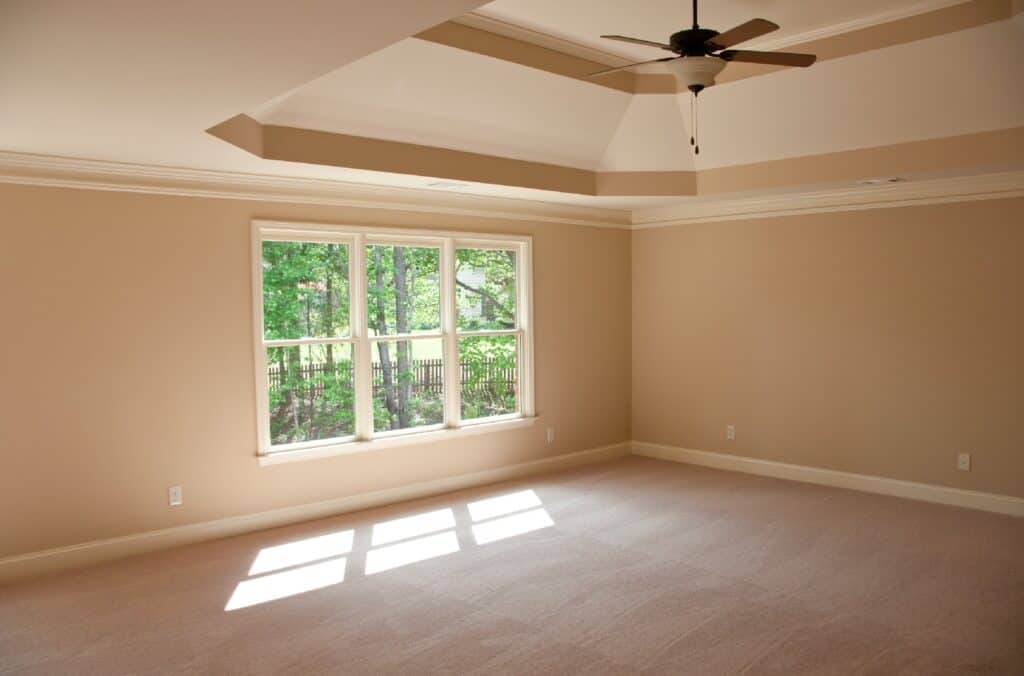
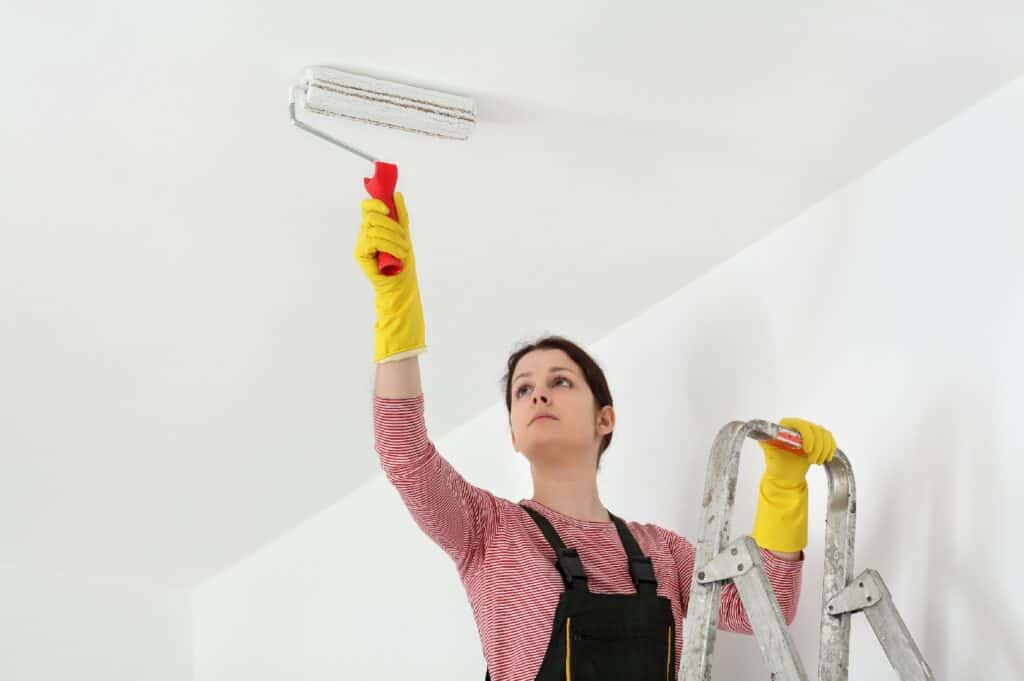
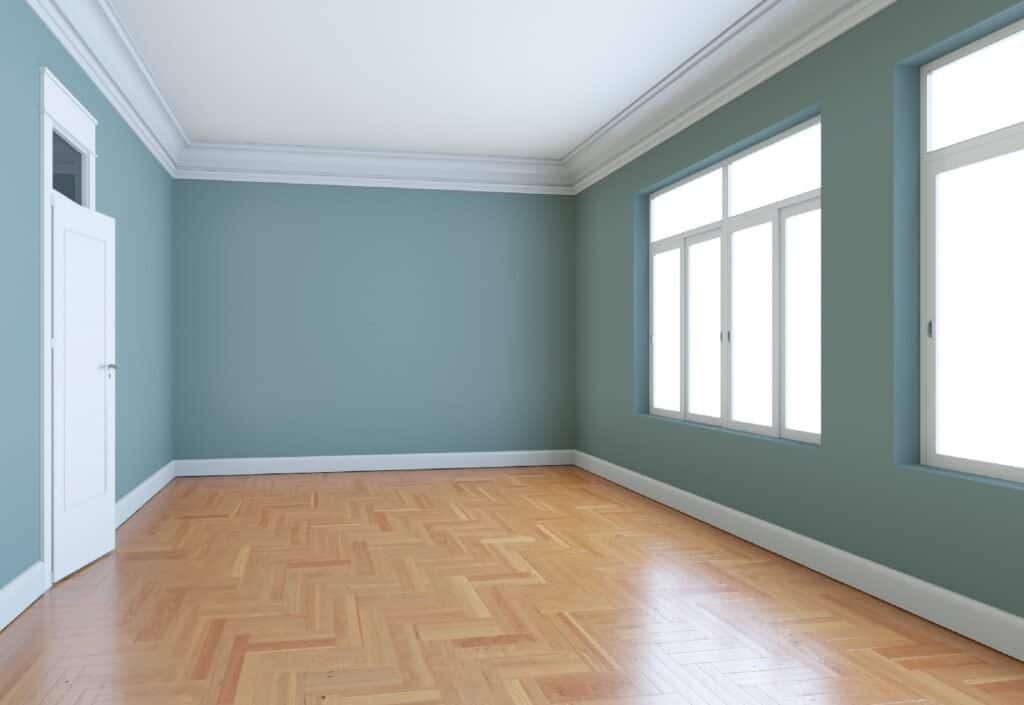
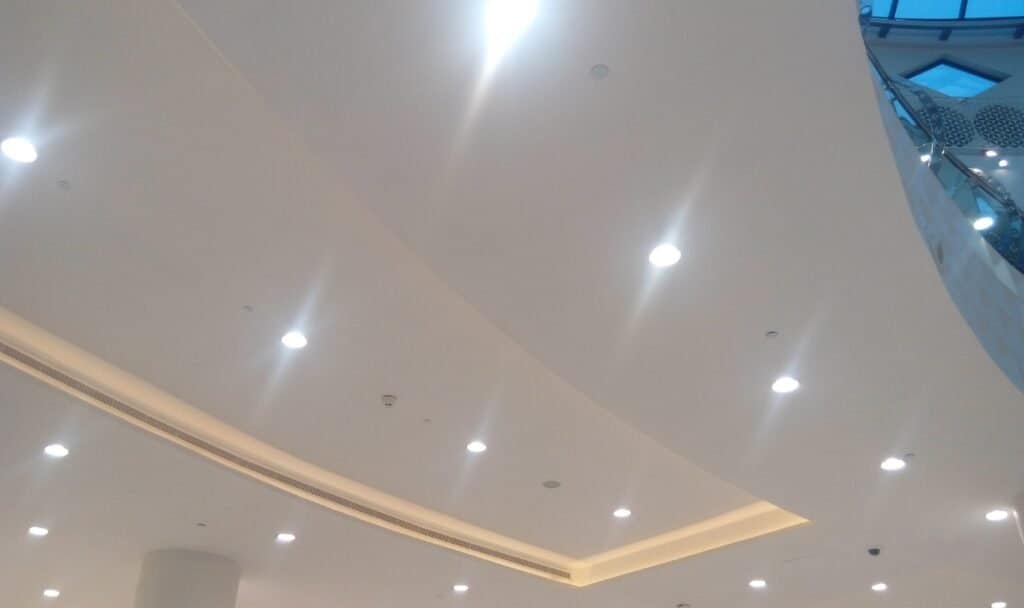
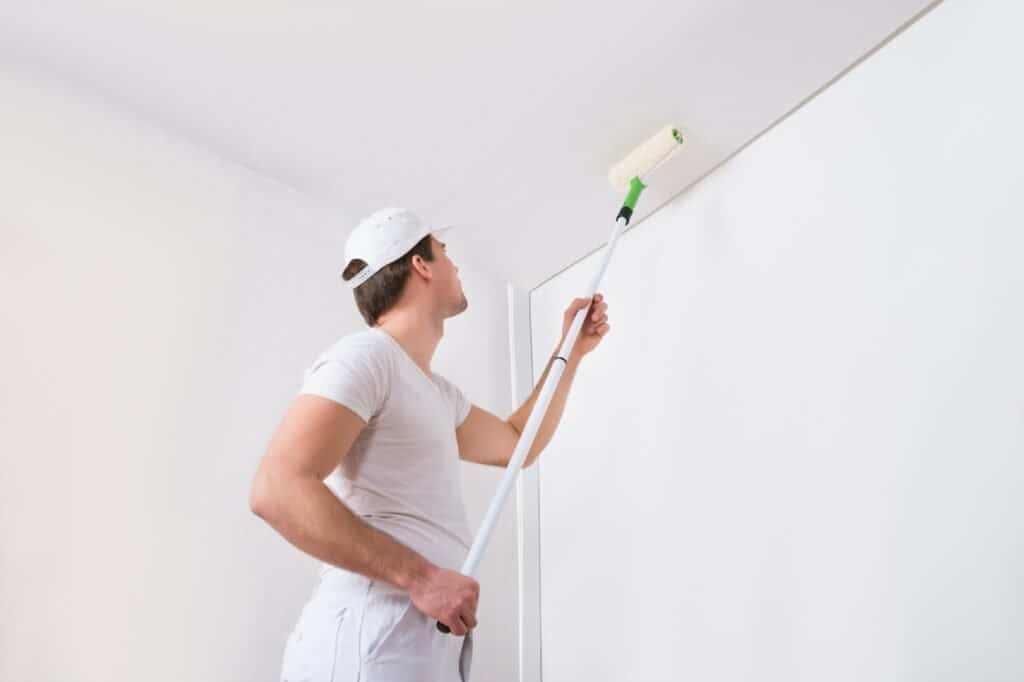
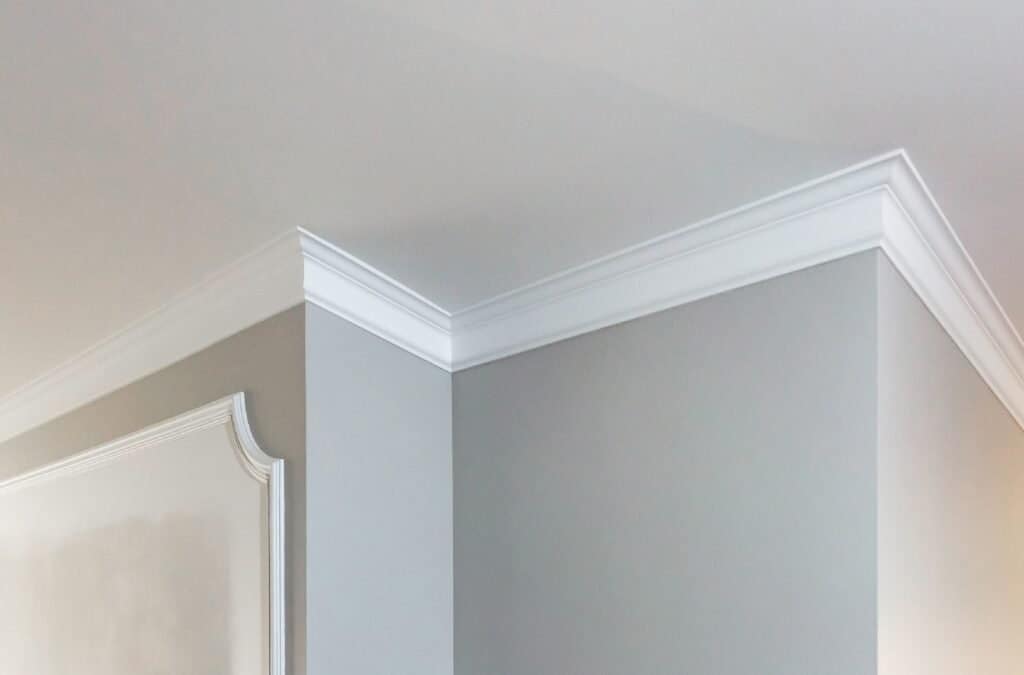
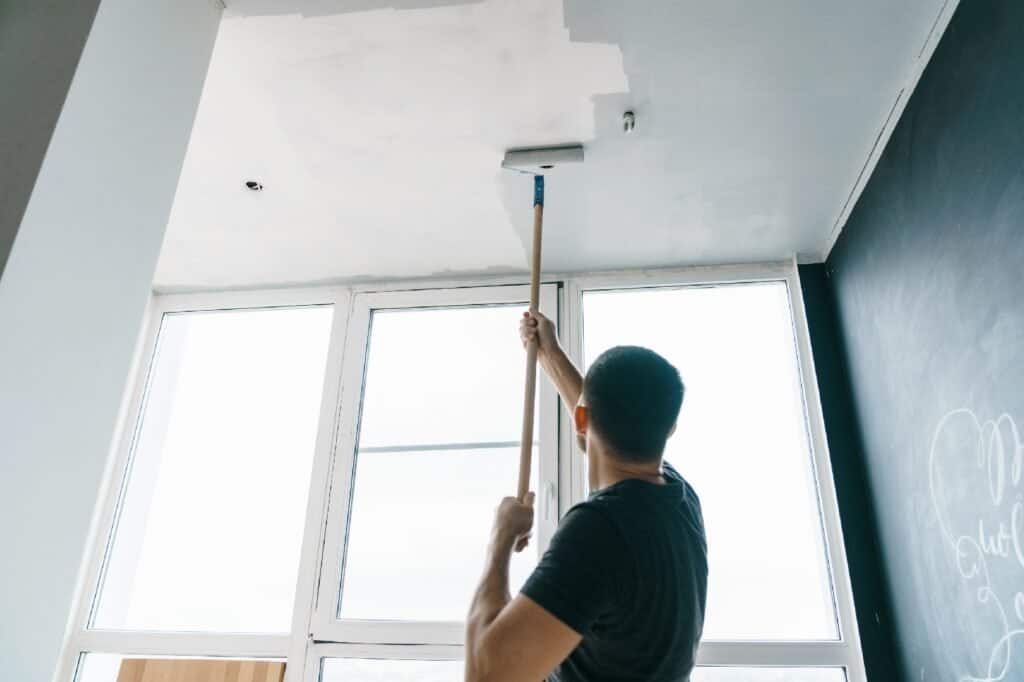
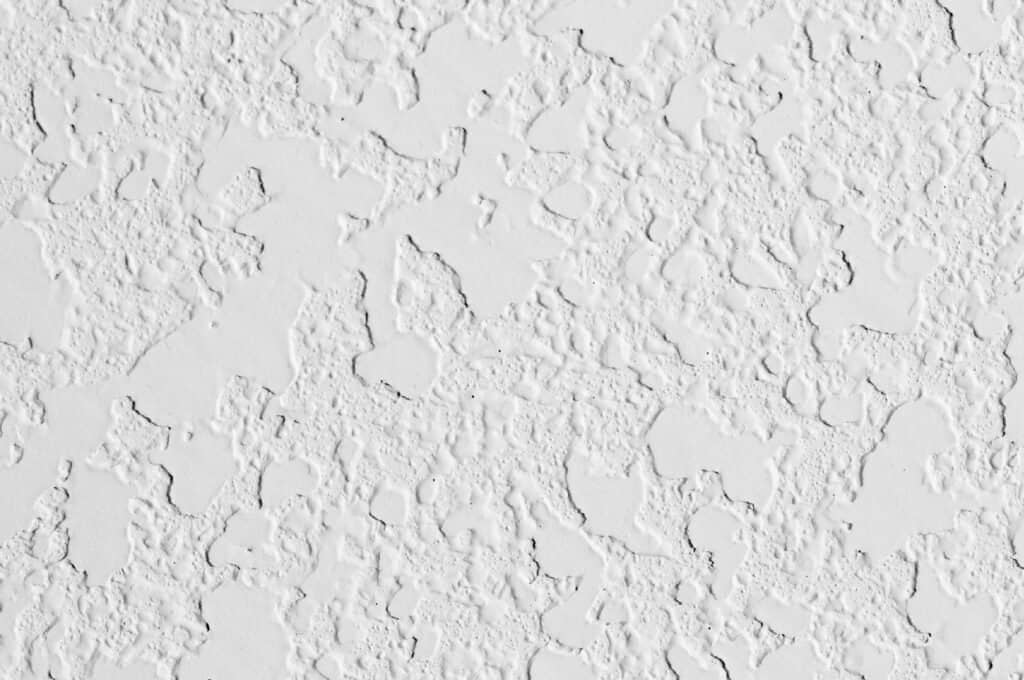
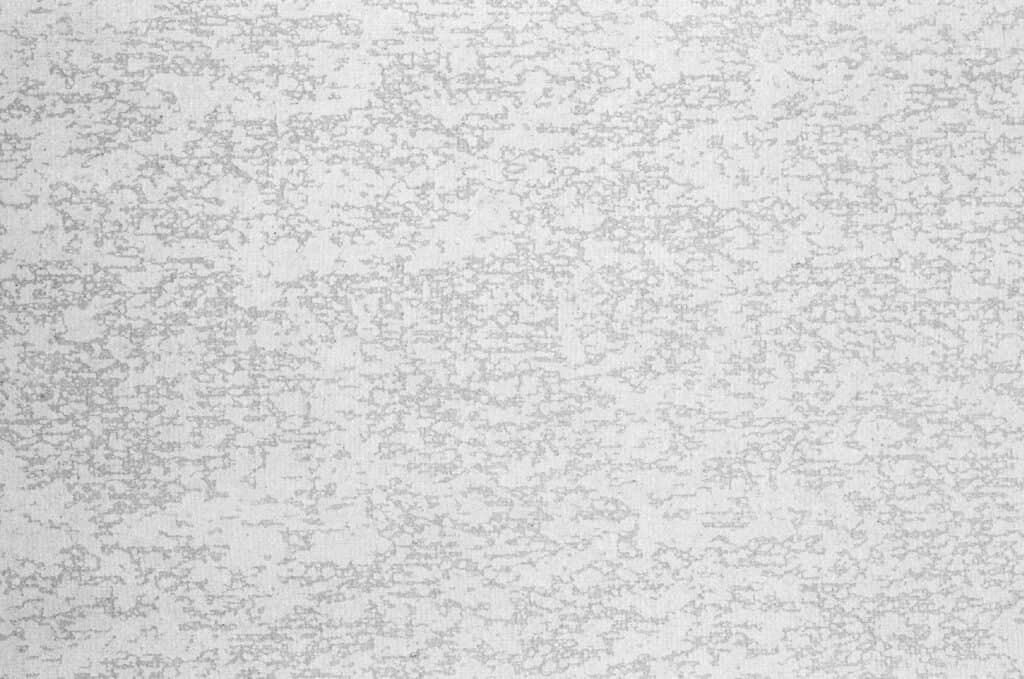
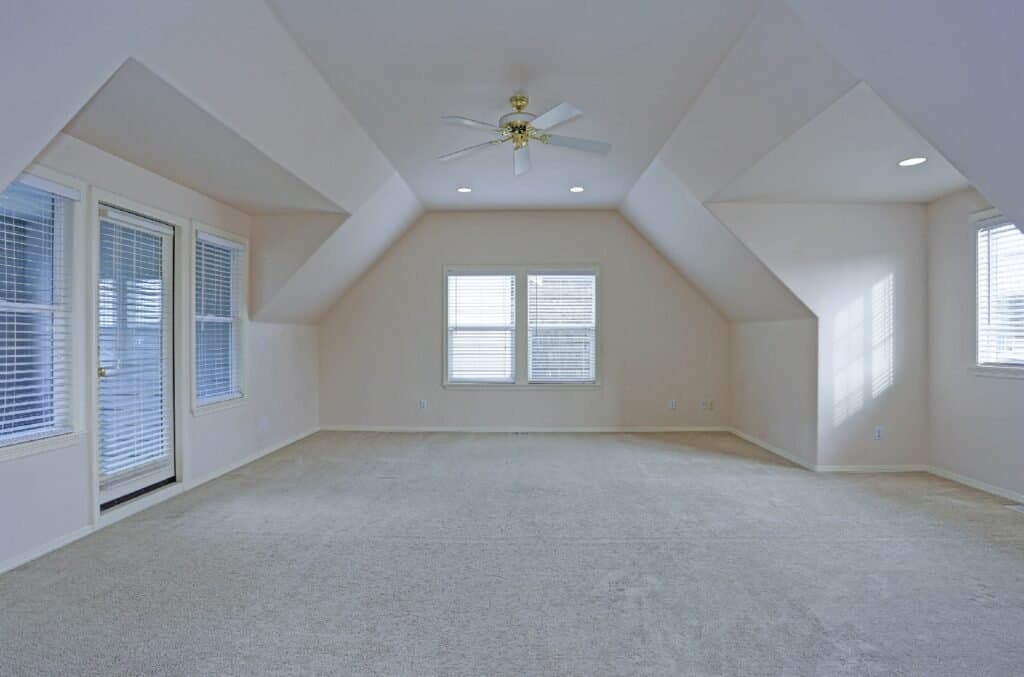


[…] you'll want to use eggshell in your kitchen without looking much different. Now, if you have same ceiling texture from kitchen, to dinning room, plus if you have an open floor plan, painting your kitchen ceiling using either flat or […]
Thanks I like your explanation how to properly prep and paint an orange peel texture ceiling we recently moved into a 3 year old house with an orange peel texture that was repaired a short while back I have tried , primer, kilz and paint on the ceiling repair and the next morning my ceiling still has a greyish blotch instead of flat white. Having a hard time to blend it to match the rest of the ceiling. What am I doing totally wrong. Thanks for Your Assistance